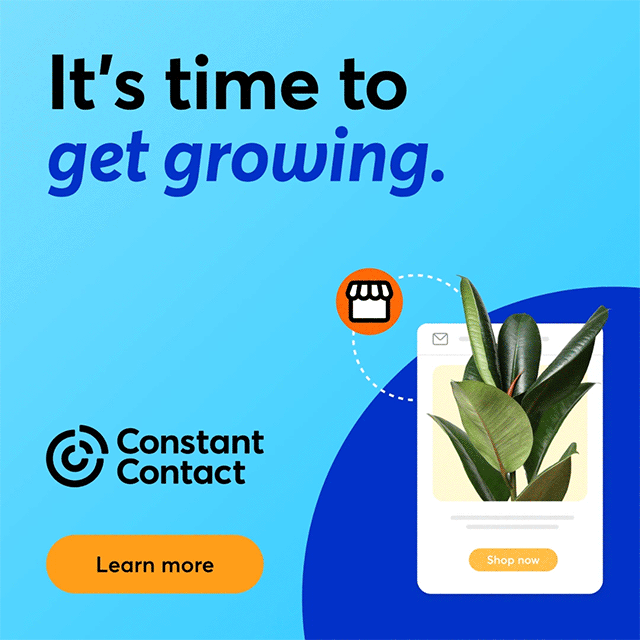One of the reasons social media is so popular with researchers is it provides an opportunity to listen in on conversations, AKA social listening. You should be doing the same with your customers through your website, Facebook page, Twitter feed, and other sites you regularly use. You’d be surprised at how much you can learn by just tying in a hashtag (#) on Twitter and Facebook.
But first, you need to know what to talk about.
It’s Called Social Listening
Social listening is a public form of intelligence gathering used by people who aren’t spies or hackers. For the rest of us, we are well aware of how Facebook can become a “time suck” to use Betty White’s famous term. The same with Twitter.
Create a social listening strategy, as Social Media Examiner (SME) suggests, to use your time wisely. SME suggests identifying the key players in your industry and/or geographic area, and listing their URLs in a spreadsheet. I suggest you do the same with your customers.
I highly recommend you also check out Nimble’s social relationship management tool for this function. Be aware, though, that LinkedIn recently blocked all CRMs from directly importing contacts. There are easy workarounds to do this. Even if you don’t, Nimble will still be able to locate your LinkedIn contacts and use the site to auto-match profiles.
After you’ve built your two lists—one for industry sources and one for customers—sort and organize the kind of notifications you want. You can use your Gmail account for this by installing filters. Then, collect updates; SME likes Feedly, a free RSS reader that networks with Google. Nimble can also do this and many other tasks SME discusses.
Schedule a time to dedicate to read the feeds you receive from Feedly or Nimble. Look for your brand, competitors, trends, issues, keywords/buzzwords, and names that keep popping up. When you identify a handful or more, you’ve found your spy list and your discussion gurus.
Social Listening Tools To Get You Started
To help you get started, check out the list below for a variety of popular tools to consider using with your social listening efforts:
- Web monitoring/alerts: Google Alerts, Mention
- Website metrics/keyword analysis: Google Analytics, StatCounter
- Dashboard management: Hootsuite, TweetDeck
- Social/web search: SocialMention, Addict-o-matic, IceRocket, Topsy, Twazzup
- Paid social media monitoring software: Radian6, Sysomos, Lithium
Join In Or Start A Conversation With Clients
Float topics you think will interest your customers to them. You can do this with Twitter, your Facebook business page, or in a regular email newsletter linked to your website. Retweet or share interesting and relevant posts with your own comment. We can hope Twitter will, eventually, incorporate this to be automatic with their desktop site; several mobile Twitter apps already do this.
Encourage clients to join the conversation, which I know can be challenging. This is where the customer social media list you’ve built comes in handy. Use it to check in on them and find out what they’re talking about. When you find an interesting comment, engage them and your Twitter followers and Facebook Likers about this. Give credit to the original customer, who at least is likely to post a response, and don't forget to let him or her know that you value their feedback.
A word of caution: Be careful using Facebook for contests or giveaways. If you choose to do this, review their guidelines in Section IIIE. Twitter has contest guidelines as well.
In summary, social media helps you listen to what is being said about your company, brand, or topic of interest. If someone is talking about you online, then there is a good chance they are looking for an answer to a question, a solution to a problem, or providing some sort of positive or negative feedback/review about you. Social listening gives you the opportunity to anticipate and quickly act on what you heard by offering solutions or sharing information with people on the appropriate social media channels as needed. By responding to interests in a timely and professional manner, you are empowered with the ability to help people, engage with your customers, and provide an overall positive social media experience.
This post originally appeared on Social Media Today.








